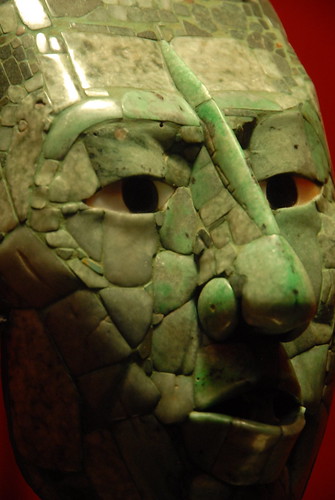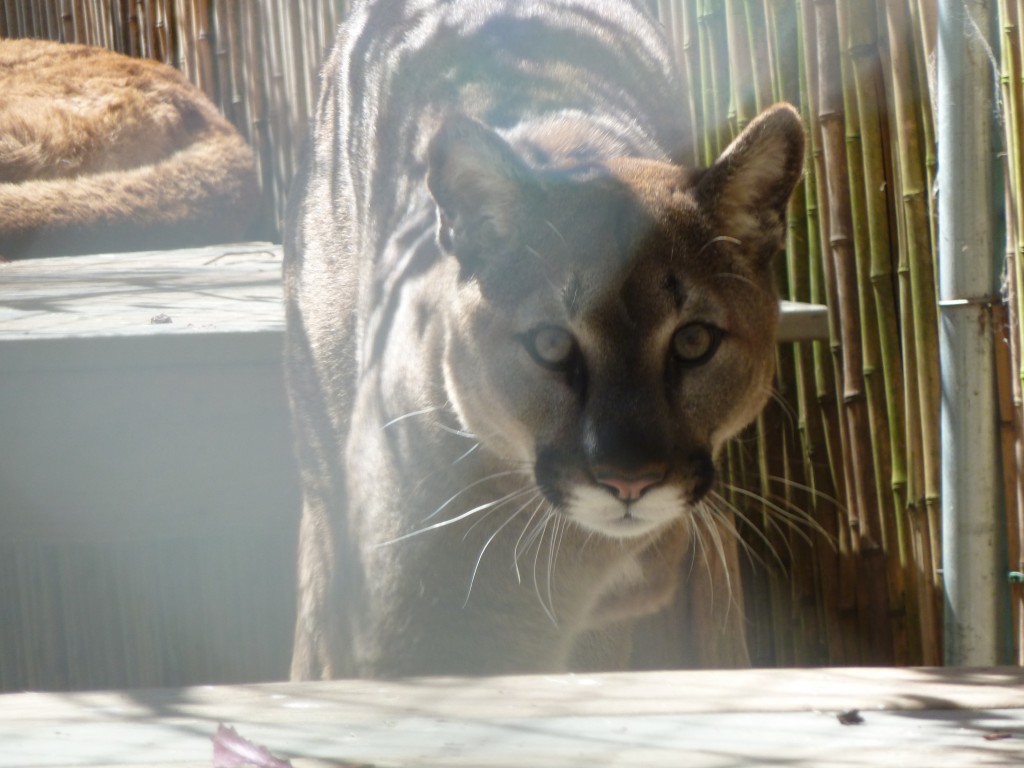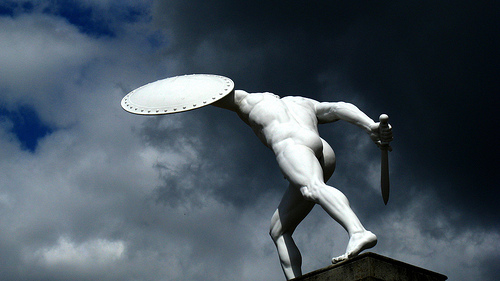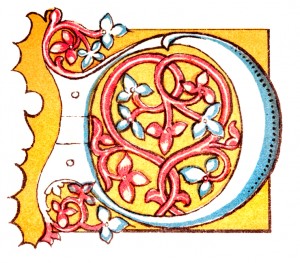 The late 1990s spawned a particular kind of candy-coated teen movie–for example, Can’t Hardly Wait and 10 Things I Hate About You–in which every character is so obliviously affluent it feels almost a little bit embarrassing to watch it now. Children driving Range Rovers, high schools that look like castles, and no one ever feels the need to talk about money.
The late 1990s spawned a particular kind of candy-coated teen movie–for example, Can’t Hardly Wait and 10 Things I Hate About You–in which every character is so obliviously affluent it feels almost a little bit embarrassing to watch it now. Children driving Range Rovers, high schools that look like castles, and no one ever feels the need to talk about money.
The rental car company guy who drove me to the airport told me that he’s just waiting for the economy to get better. He used to make $23 an hour driving big rigs, now he has to wear a yellow shirt and smile a lot. He says he’s going to get back to driving trucks as soon as the economy clears up. Continue reading







